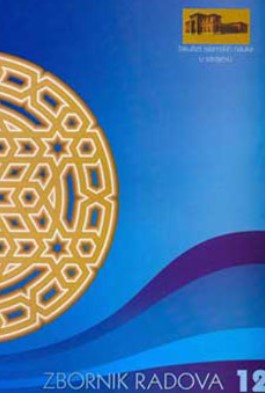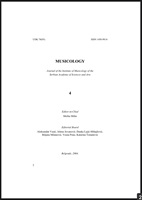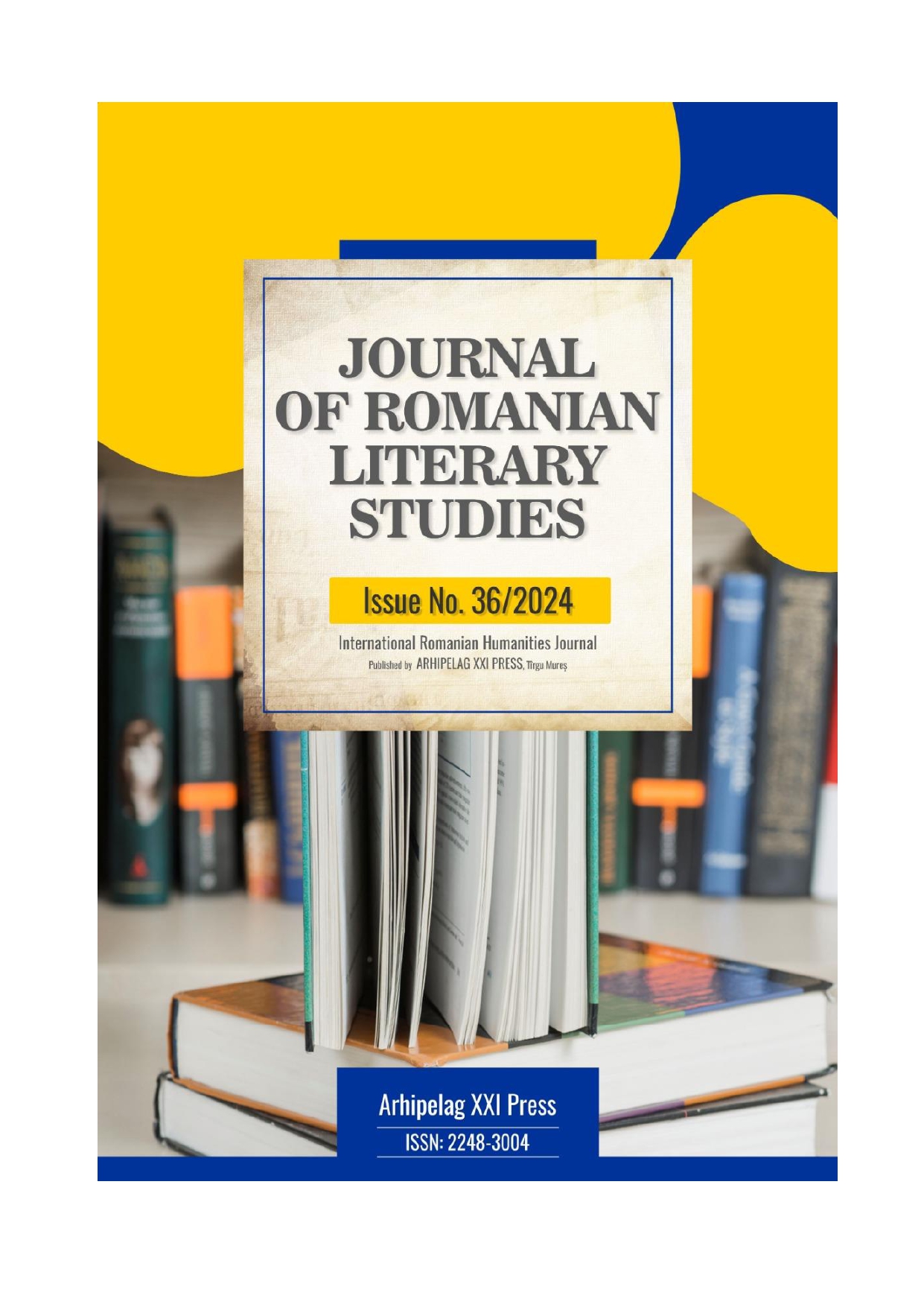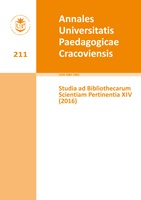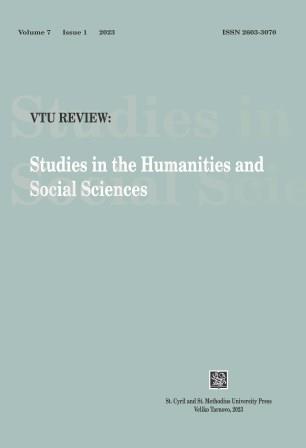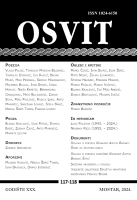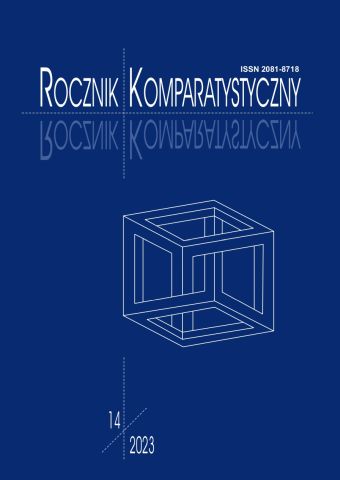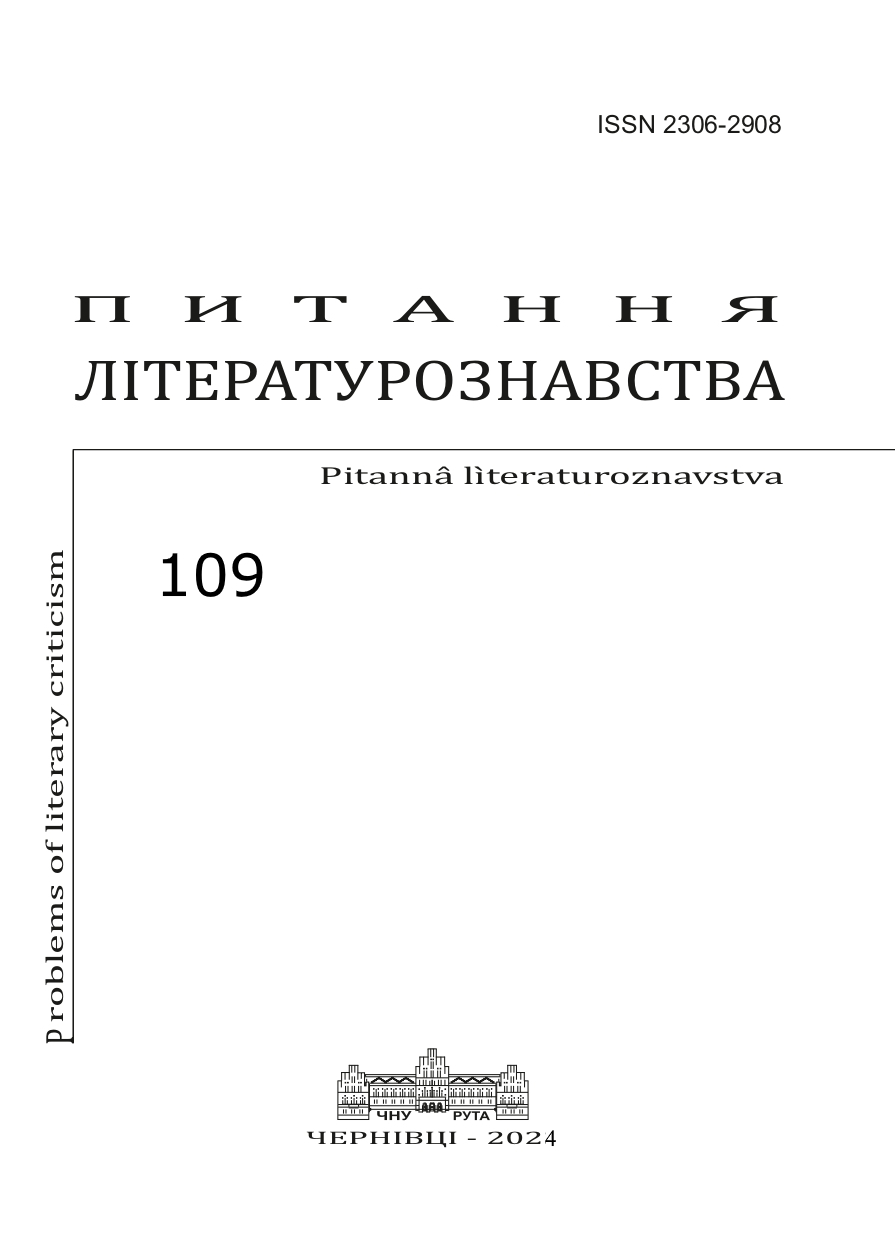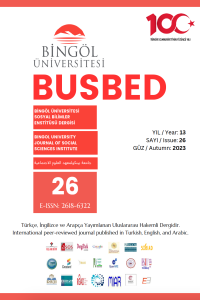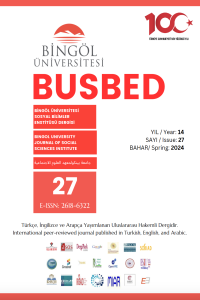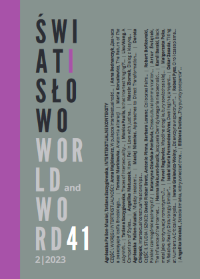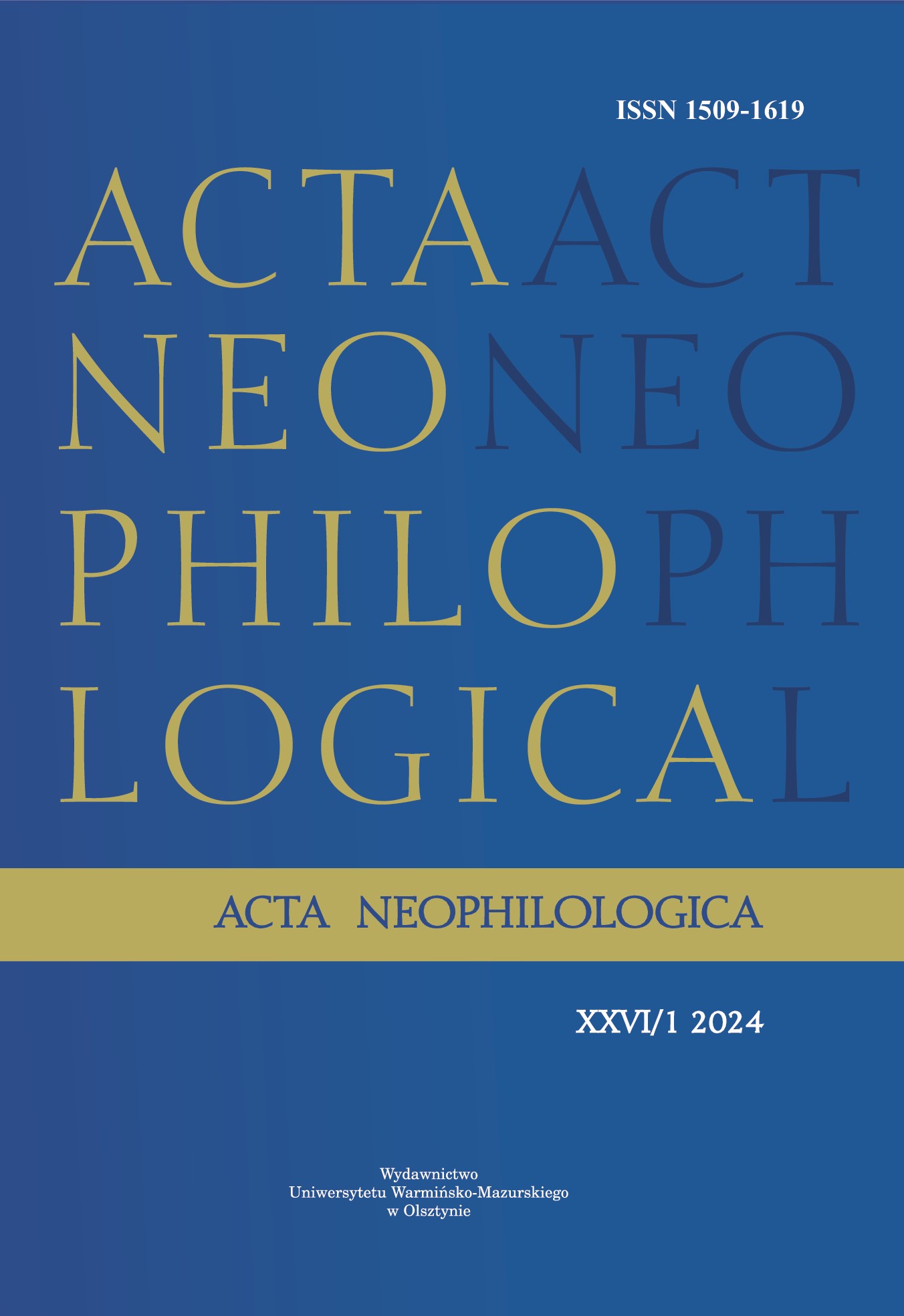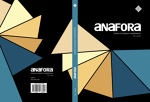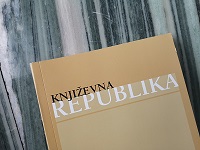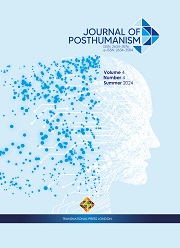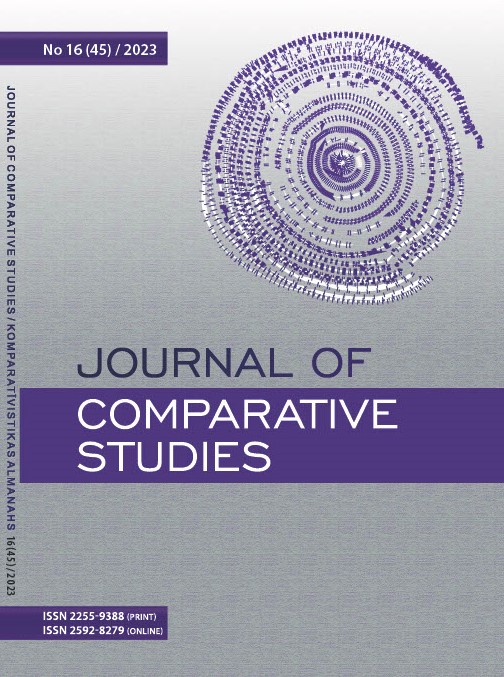
Female Identity in Diaspora Society: Nilanjana in Taslima Nasrin’s “French Lover” and Nazneen in Monica Ali’s “Brick Lane”
This article explores female identity in diaspora society portrayed in Taslima Nasrin’s (1962) “French Lover” and Monica Ali’s (1967) “Brick Lane”. Nasrin writes about the female identity of the Indian diaspora, and Ali writes about the female identity of the Bangladeshi diaspora. This comparative study highlights two female characters from two novels, Nilanjana and Nazneen, who are always in-between tradition and adaptation. It also explores the intrinsic intersections between gender, migration and cultural dislocation. Nilanjana pursues personal liberation and Nazneen’s journey tends to the balance between traditional values and selfempowerment. The encounter of these two female characters with cultural differences is highlighted through the postcolonial lens of diaspora and diasporic identity, hegemonies, feminism, and cultural studies. Drawing on the themes of migration, assimilation and resistance, this study focuses on characters’ identities shaped by diasporic experiences as they face challenges of adapting to new cultures, the question of self-identity, cultural assimilation and freedom. As the boundaries of nation-states are redefined by the influence of globalization, and the growth of migration, the migration leads females from Third World countries to form their identity in the complex socioeconomic conditions, cultural divergences, and psychological landscapes. The primary objective of this research is to reveal the complexities of female experiences within diasporic communities. The positions of Nilanjana and Nazneen are very liminal in the new countries and new cultural backgrounds where diasporic patriarchal frameworks of power dynamics and cultural differences play crucial roles. This analysis sheds light on the multifaceted experiences of diasporic females who negotiate their identities in the intrinsic tapestries of crosscultural encounters. Their relationships with the home countries and host societies, and traditional and modern values, as well as the role of language, help in shaping their identities. The basic finding of this study is a deeper understanding of the multifaceted challenges and opportunities faced by women within diaspora societies.
More...
